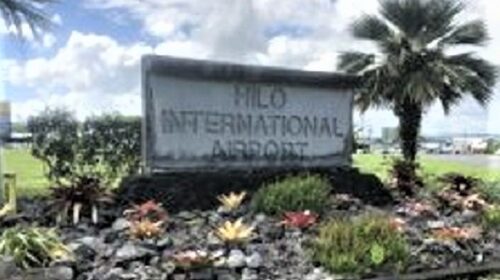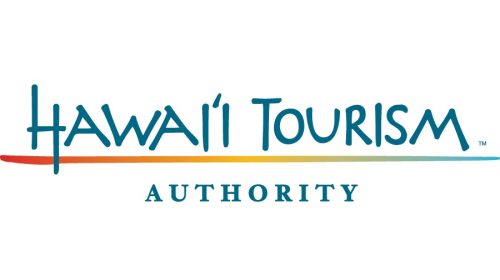Hawaii Vacation Rental Demand Drops
In August 2023, the total monthly supply of statewide vacation rentals was 746,600 unit nights (+10.8% vs. 2022, -18.6% vs. 2019) and monthly demand was 405,900 unit nights (-6.9% vs. 2022, -40.4% vs. 2019) (Figures 1 and 2). This combination resulted in an average monthly unit occupancy of 54.4 percent (-10.3 percentage points vs. 2022, -19.9 percentage points vs. 2019) for August. Occupancy for Hawai‘i’s hotels was 74.2 percent in August 2023.
The ADR for vacation rental units statewide in August was $279 (-6.8% vs. 2022, +36.8% vs. 2019). By comparison, the ADR for hotels was $370 in August 2023. It is important to note that unlike hotels, units in vacation rentals are not necessarily available year-round or each day of the month and often accommodate a larger number of guests than traditional hotel rooms.
The data in DBEDT’s Hawai‘i Vacation Rental Performance Report specifically excludes units reported in Hawai‘i Tourism Authority’s Hawai‘i Hotel Performance Report and Hawai‘i Timeshare Quarterly Survey Report. A vacation rental is defined as the use of a rental house, condominium unit, private room in private home, or shared room/space in private home. This report does not determine or differentiate between units that are permitted or unpermitted. The legality of any given vacation rental unit is determined on a county basis.
Island Highlights
Due to the Maui wildfires that occurred in Lahaina on August 8, 2023, many vacation rental units in West Maui became unavailable for the rest of August, resulting in dramatic decreases in unit night supply and unit night demand in the West Maui area. In August 2023, Maui County vacation rental supply decreased to 177,600 available unit nights (-23.4% vs. 2022, -41.8% vs. 2019). Unit demand fell to 84,400 unit nights (-47.8% vs. 2022, -64.3% vs. 2019), resulting in 47.5 percent occupancy (-22.2 percentage points vs. 2022, -29.8 percentage points vs. 2019) and ADR at $312 (-10.3% vs. 2022, +33.7% vs. 2019). For August 2023, Maui County hotels reported ADR at $564 and occupancy of 52.2 percent.
O‘ahu had the largest vacation rental supply at 222,400 available unit nights in August (+23.1% vs. 2022, -19.1% vs. 2019). Unit demand was 135,400 unit nights (+11.8% vs. 2022, -38.0% vs. 2019), resulting in 60.9 percent occupancy (-6.1 percentage points vs. 2022, -18.6 percentage points vs. 2019) with ADR at $243 (+6.4% vs. 2022, +38.4% vs. 2019). In comparison, O‘ahu hotels reported ADR at $292 and occupancy of 84.4 percent for August 2023.
The island of Hawai‘i vacation rental supply was 212,200 available unit nights (+27.8% vs. 2022, +3.7% vs. 2019) in August. Unit demand was 103,100 unit nights (+11.0% vs. 2022, -21.8% vs. 2019), resulting in 48.6 percent occupancy (-7.3 percentage points vs. 2022, -15.8 percentage points vs. 2019) with ADR at $227 (-7.2% vs. 2022, +42.8% vs. 2019). Hawai‘i Island hotels reported ADR at $436 and occupancy of 69.3 percent.
Kaua‘i had the fewest number of available vacation rental unit nights in August at 134,400 (+40.8% vs. 2022, +1.5% vs. 2019). Unit demand was 83,000 unit nights (+37.7% vs. 2022, -12.7% vs. 2019), resulting in 61.7 percent occupancy (-1.4 percentage points vs. 2022, -10.0 percentage points vs. 2019) with ADR at $371 (-7.4% vs. 2022, +42.2% vs. 2019). Kaua‘i hotels reported ADR at $444 and occupancy of 80.4 percent.




